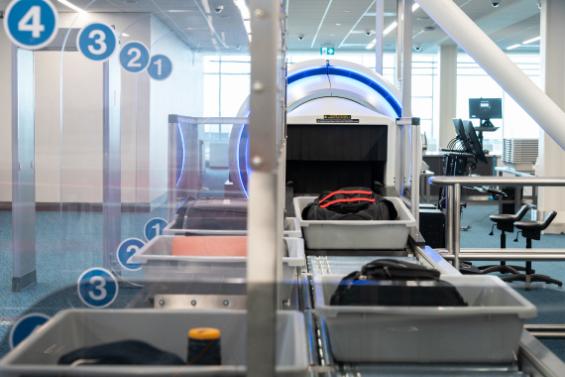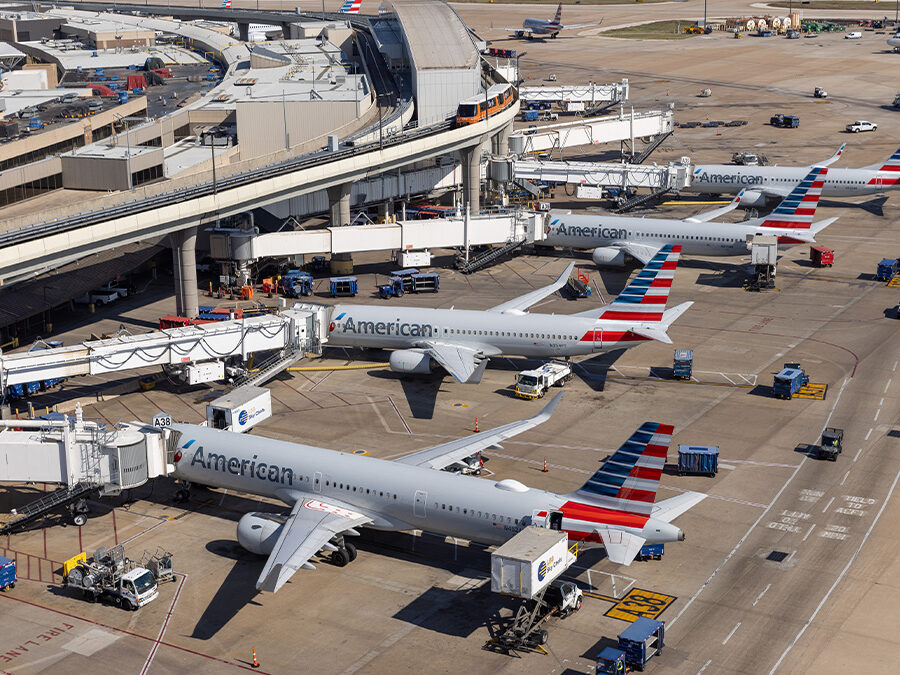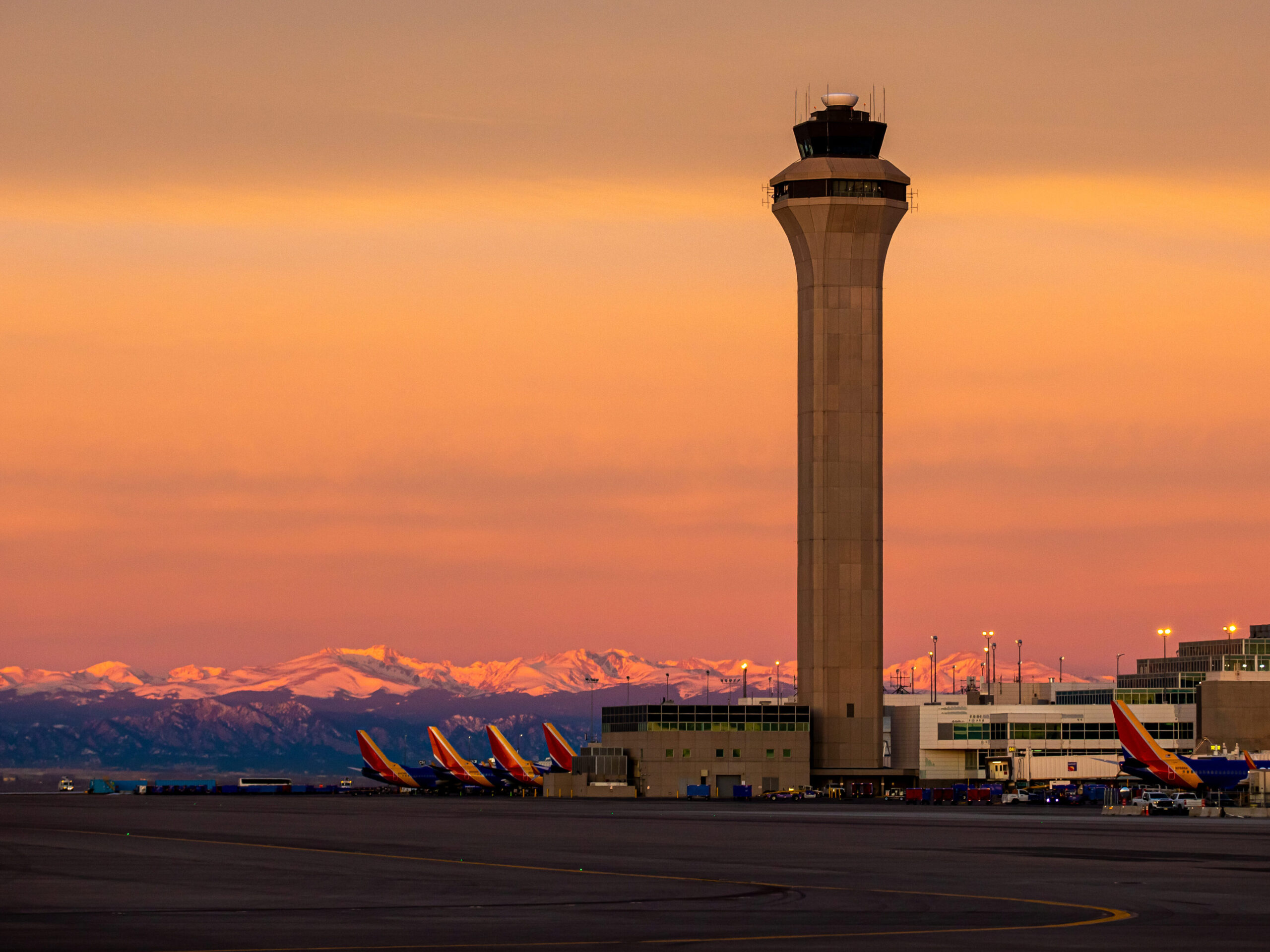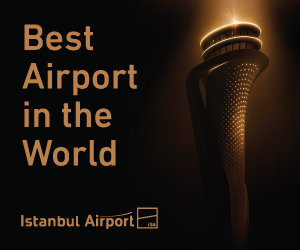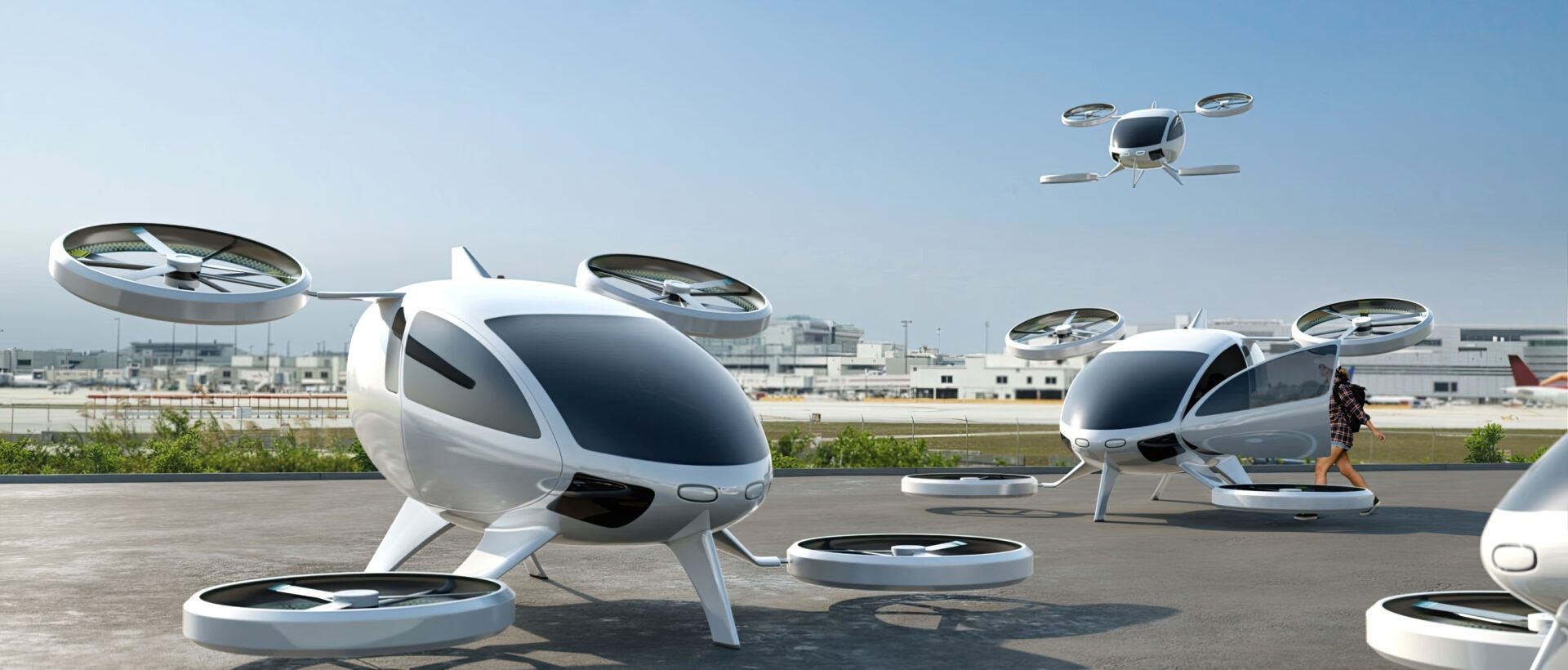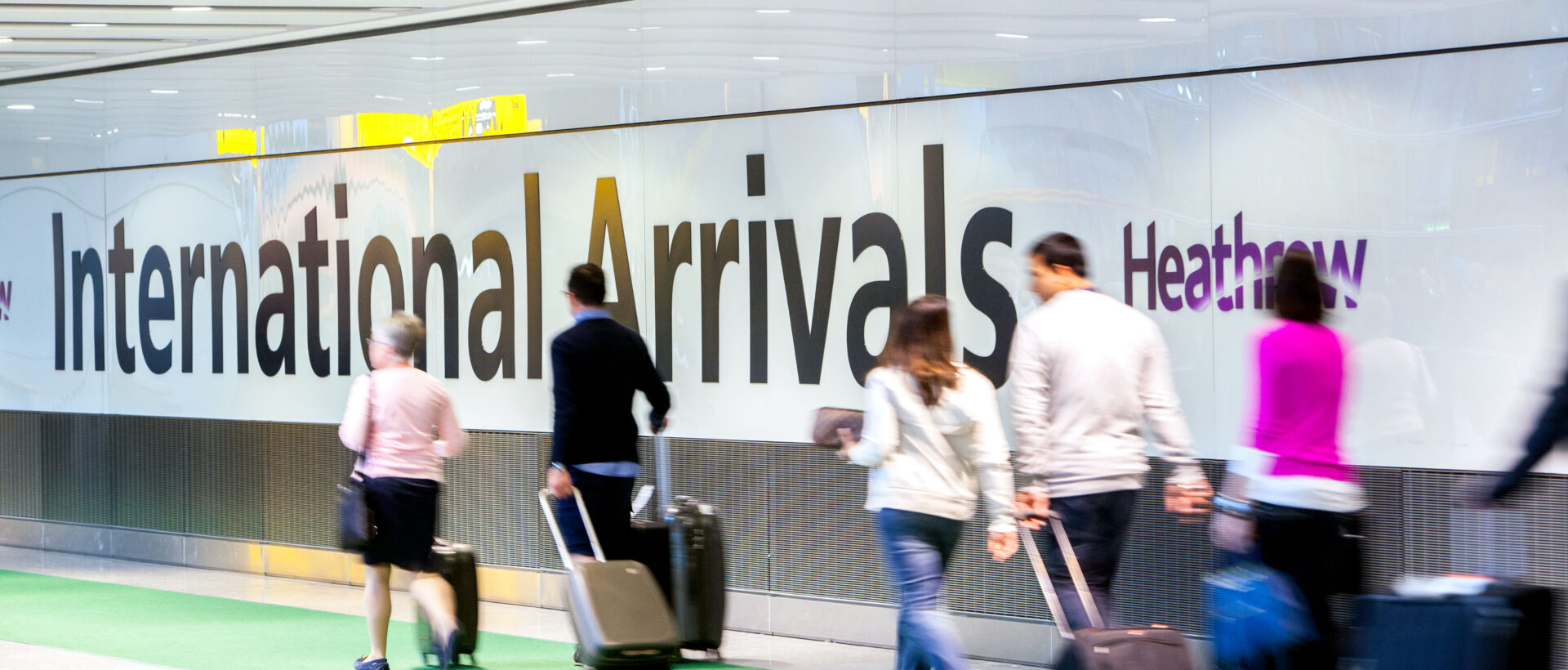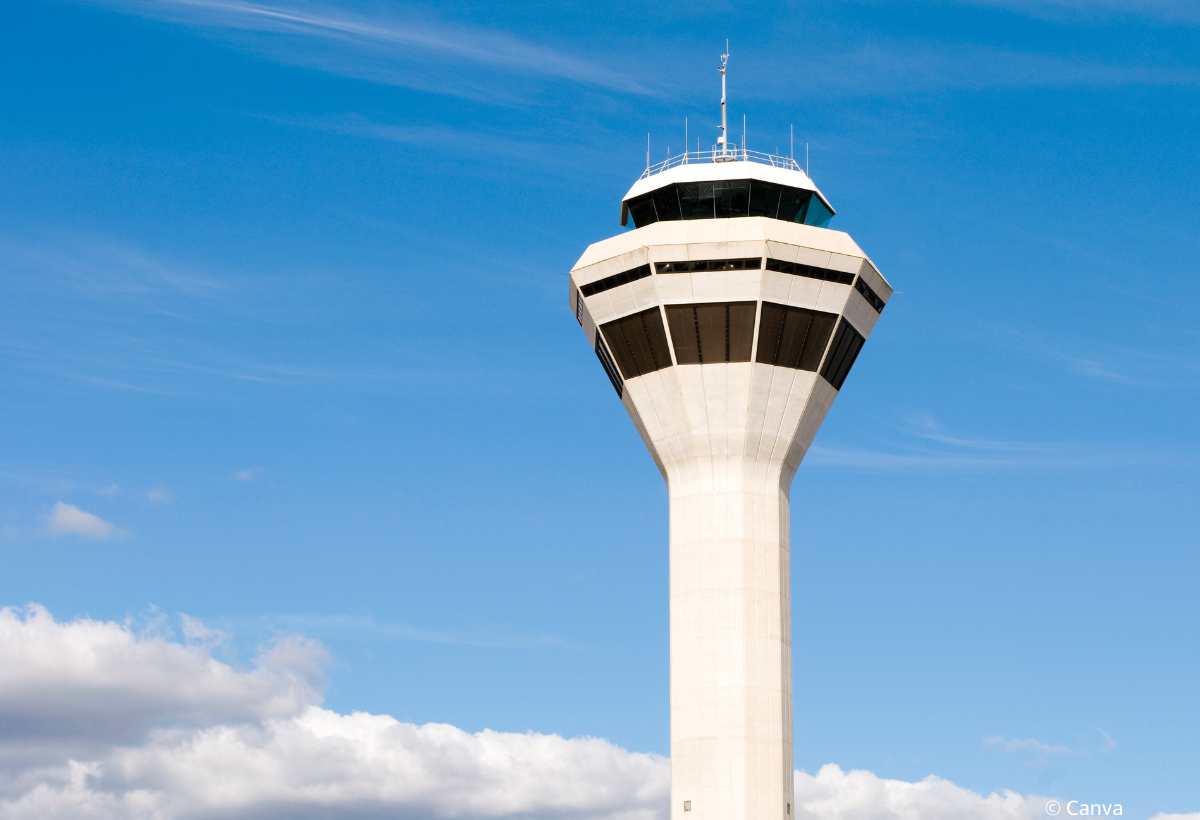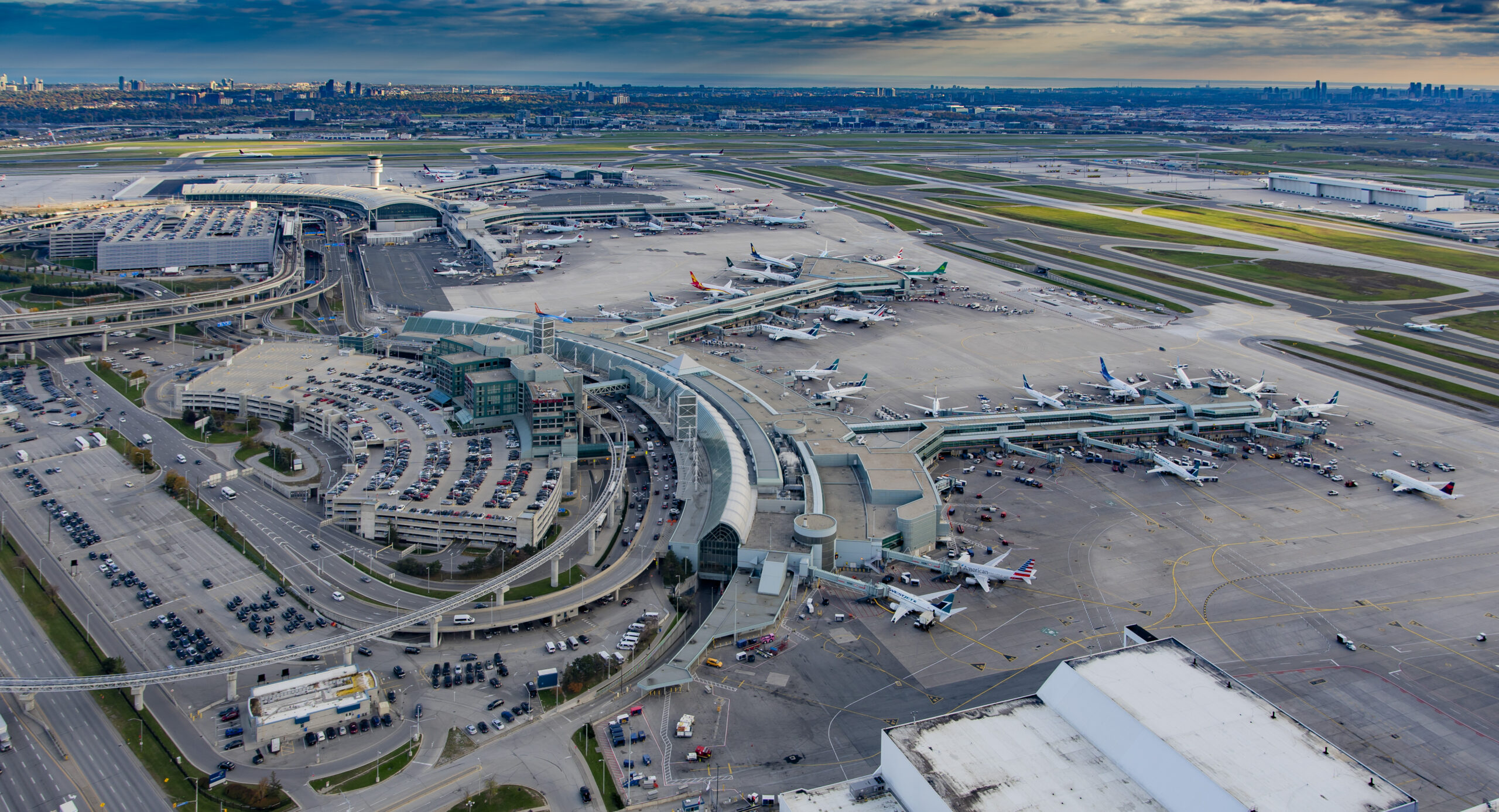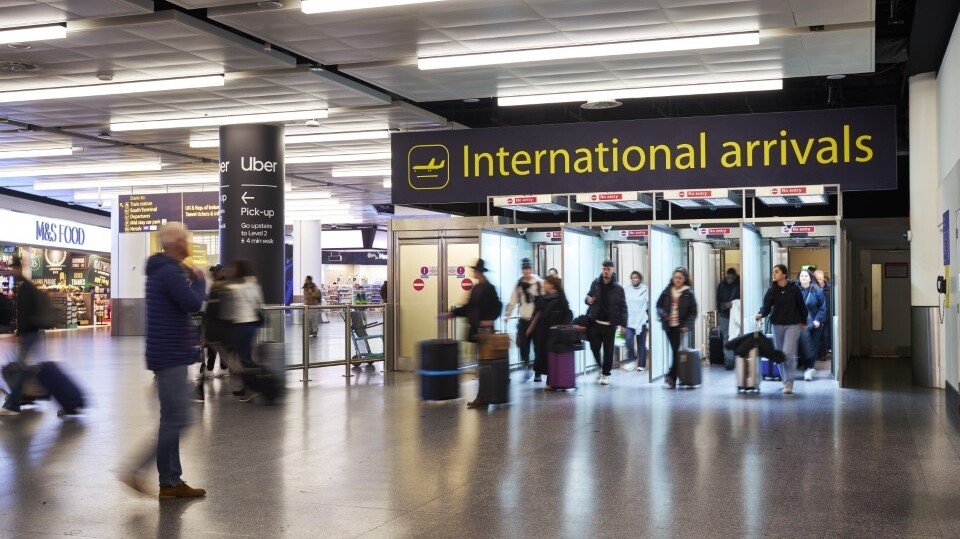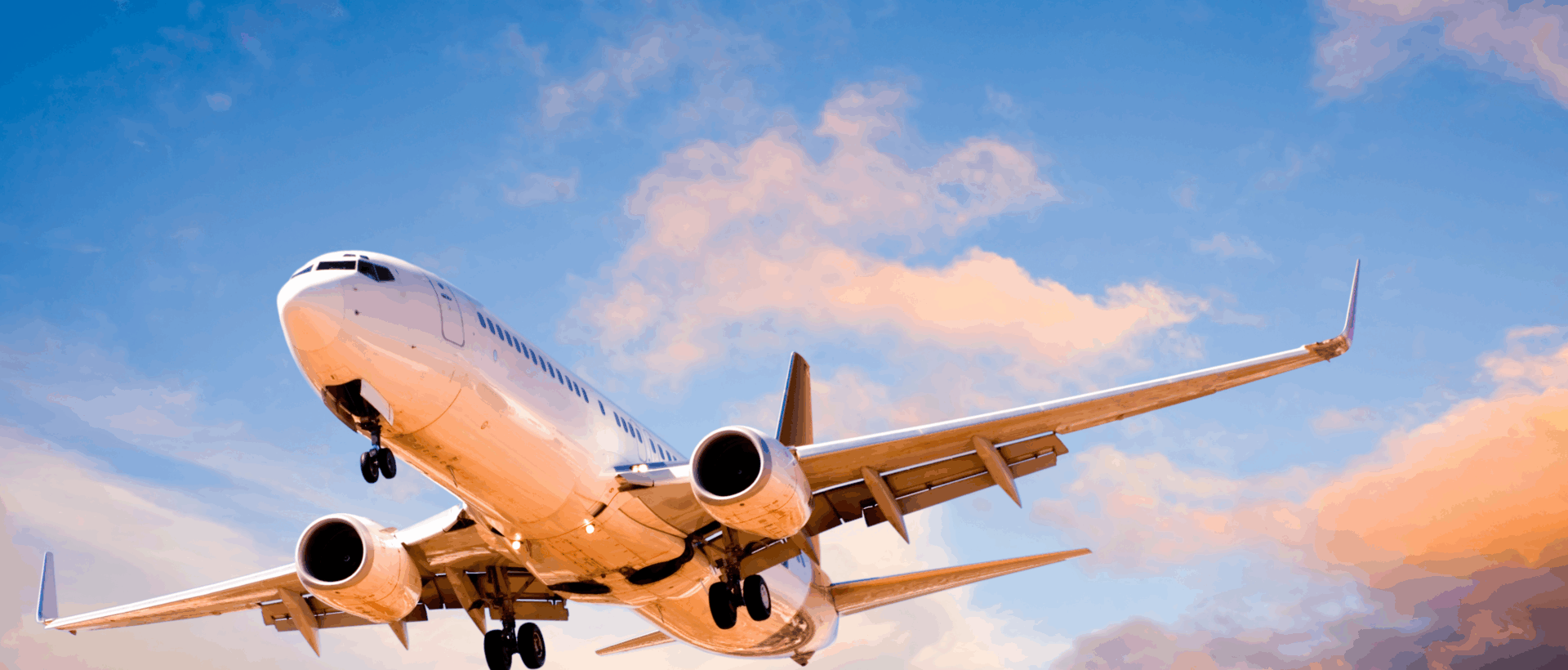NATS has reported reductions in carbon emissions, improvements in punctuality, and greater operational resilience at Heathrow following the introduction of a new aircraft separation standard.
The measure, known as Pairwise separation, is part of the Intelligent Approach arrivals spacing tool. It was deployed at Heathrow in December 2024 and changes the way the safe gap between arriving aircraft is calculated.
Developed jointly by NATS and Leidos UK, Intelligent Approach was first implemented at Heathrow in 2015, using dynamically calculated time-based separation to reduce headwind-related delays and cut carbon dioxide emissions.
Pairwise builds on this by assessing the specific characteristics of each aircraft type, rather than applying traditional weight-based categories. This enables controllers to reduce separation between certain aircraft pairs where safe to do so, increasing arrival flow and limiting airborne holding.
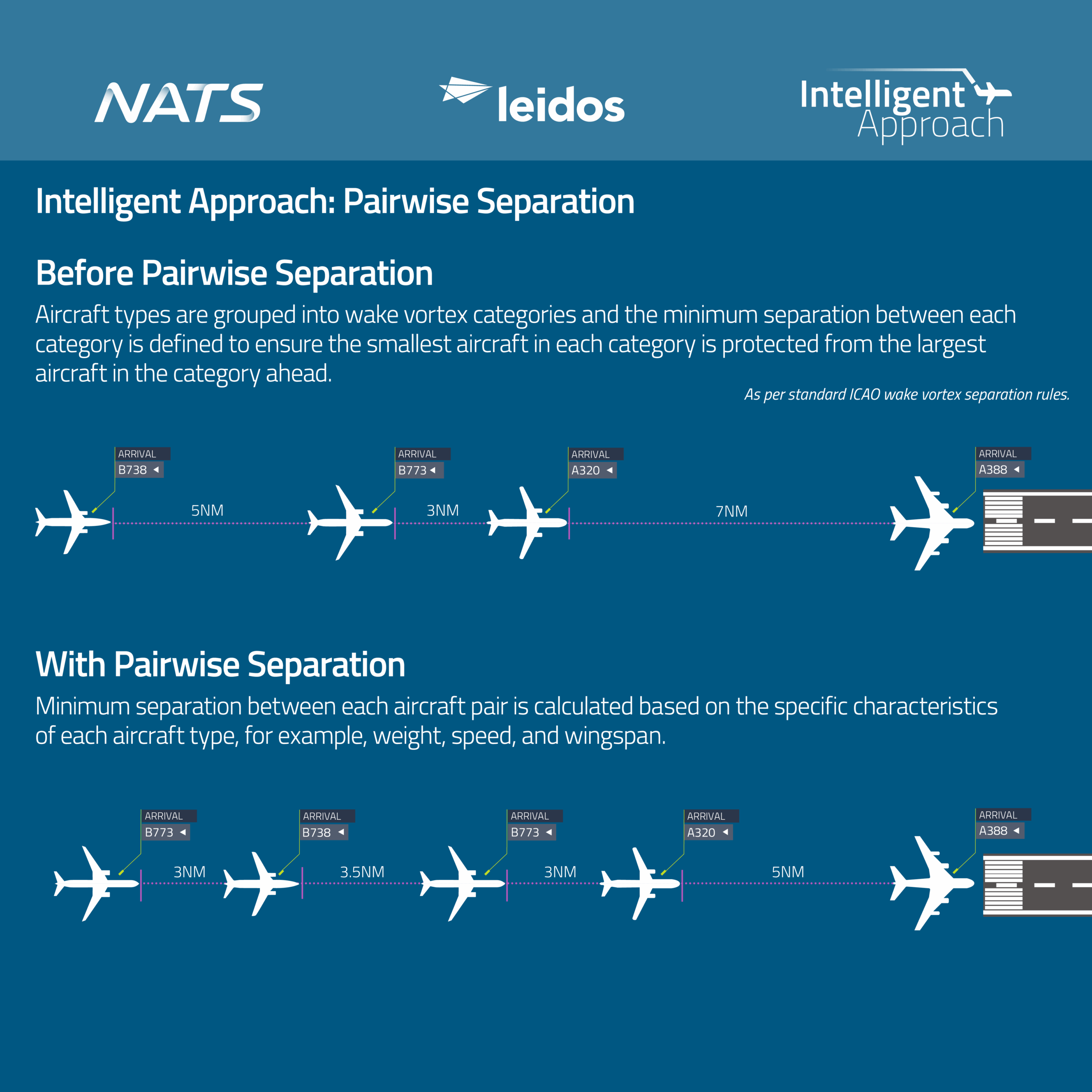
NATS analysis comparing January to May 2025 with the same period in 2024 shows that the proportion of arrivals with no delay increased by more than six percentage points, while the average delay per arrival fell by almost 20 percent. The average landing rate during peak morning hours rose by over three percent, and CO₂ emissions per flight decreased by 19 percent. Over the first six months of operation, these changes equated to a total CO₂ reduction of 18,600 tonnes.
Brendan Kelly, Head of Queue and Capacity Management Solutions at NATS said:Pairwise was another world first deployment for NATS and while and there are lots of factors that can influence operational performance, these interim benefits paint a very positive picture of the value it is delivering for Heathrow and our airline customers. Our job now is to continue evaluating the tool to understand where we can deliver even greater operational and environmental benefits over the busy summer period and beyond.
While Heathrow’s overall flight numbers remain capped, the system has allowed for an average of more than one additional movement per hour during peak periods. NATS said this has added flexibility during disruption
Gary Harman, Head of Punctuality and ATM at Heathrow, said:Making sure passengers arrive on time is fundamental to making every journey better. Working with NATS we can already see the incremental improvements that Pairwise is helping to deliver. It’s no secret that Heathrow is operating at capacity and innovations like this are a great way to improve punctuality and resilience while reducing our impacts.
Intelligent Approach has also been implemented at Toronto Pearson, Amsterdam Schiphol and Gatwick airports. In May 2025, NATS signed a contract with Saudi Air Navigation Services to introduce the tool at three Saudi airports. Pairwise has been shortlisted in the Digital and Technology Excellence category of the National Transport Awards.
The research and development of Pairwise separation formed part of the SESAR Programme.
Graham Emmons, Managing Director, Civil at Leidos UK & Europe, said:The successful operational deployment of Pairwise at London Heathrow is a real step forward. With Pairwise, we’re improving the use of existing runway capacity and delivering tangible operational and environmental benefits – contributing to smoother airport operations, reduced fuel burn for airlines, and more punctual journeys for passengers.



